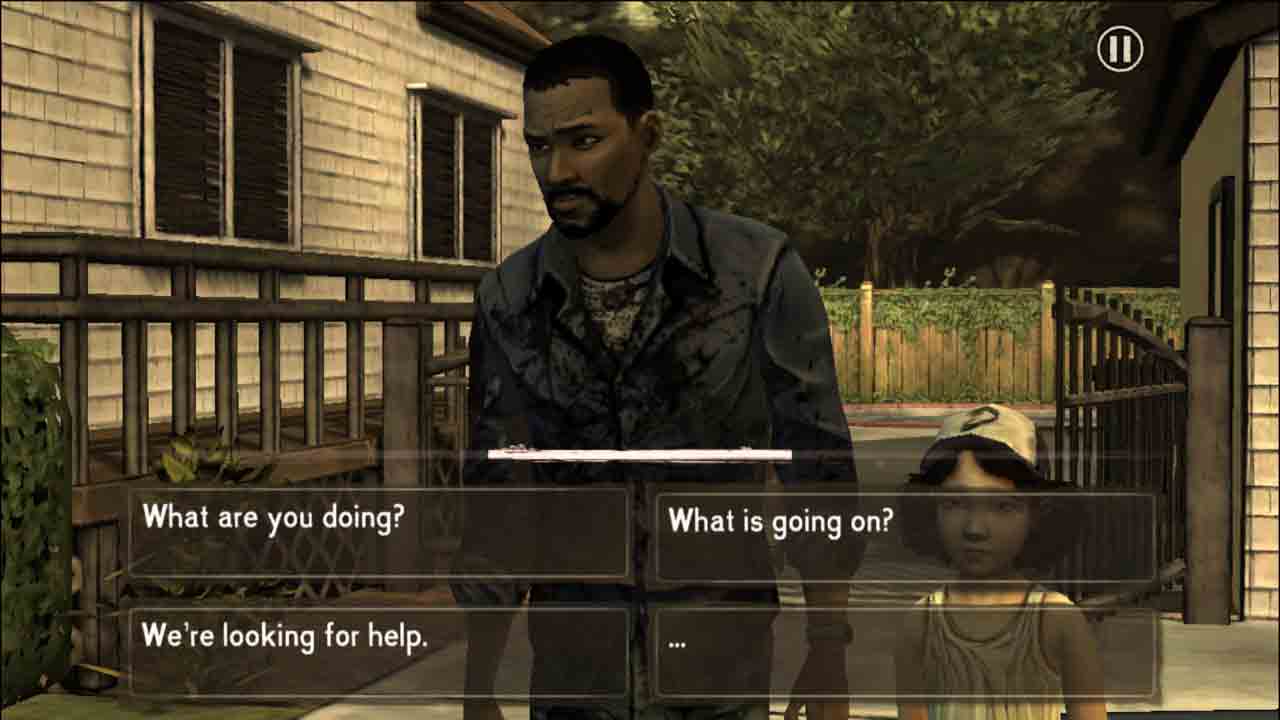Educators at Nordahl Grieg Upper Secondary, a public high school in Norway, are taking a unique approach to teaching that treats video games as just another classroom tool.
If teachers use books, music, videos and websites as resources for teaching, video games should also be included on that list, according to Nordahl Grieg teacher Tobias Staaby. He and his colleagues, including Aleksander Husøy, have been demonstrating the uses of video games to educators by inviting them to a workshop at the school each semester.
Staaby says it helps to take a look at who plays games. According to the Entertainment Software Association, which represents the video game industry, the average age of a video game player in the U.S. is 35 years old, which can be closer to the age of a teacher than a student.
Staaby and Husøy were at the Games Learning Society conference in Wisconsin earlier this month to talk about how they use video games in the classroom. When they host their workshops for teachers, they start off with these steps:
Show That It Works
When educators observe classrooms that use video games for learning, they can see the discussions that unfold and the lessons learned through the platform. In digital games like "The Walking Dead," players have to make choices, explain their decisions and experience the results of their selections. Controlling outcomes, such as a character's path and responses, makes a video game a different and more immersive experience than traditional books or movies in which the content is fixed.

Attending a Nordahl Grieg workshop to learn about video games in the classroom is one option, but there may be a teacher nearby who is using games. For educators with specific content areas and needs, there are game reviews written by educators on Gamindex and Common Sense Graphite.


